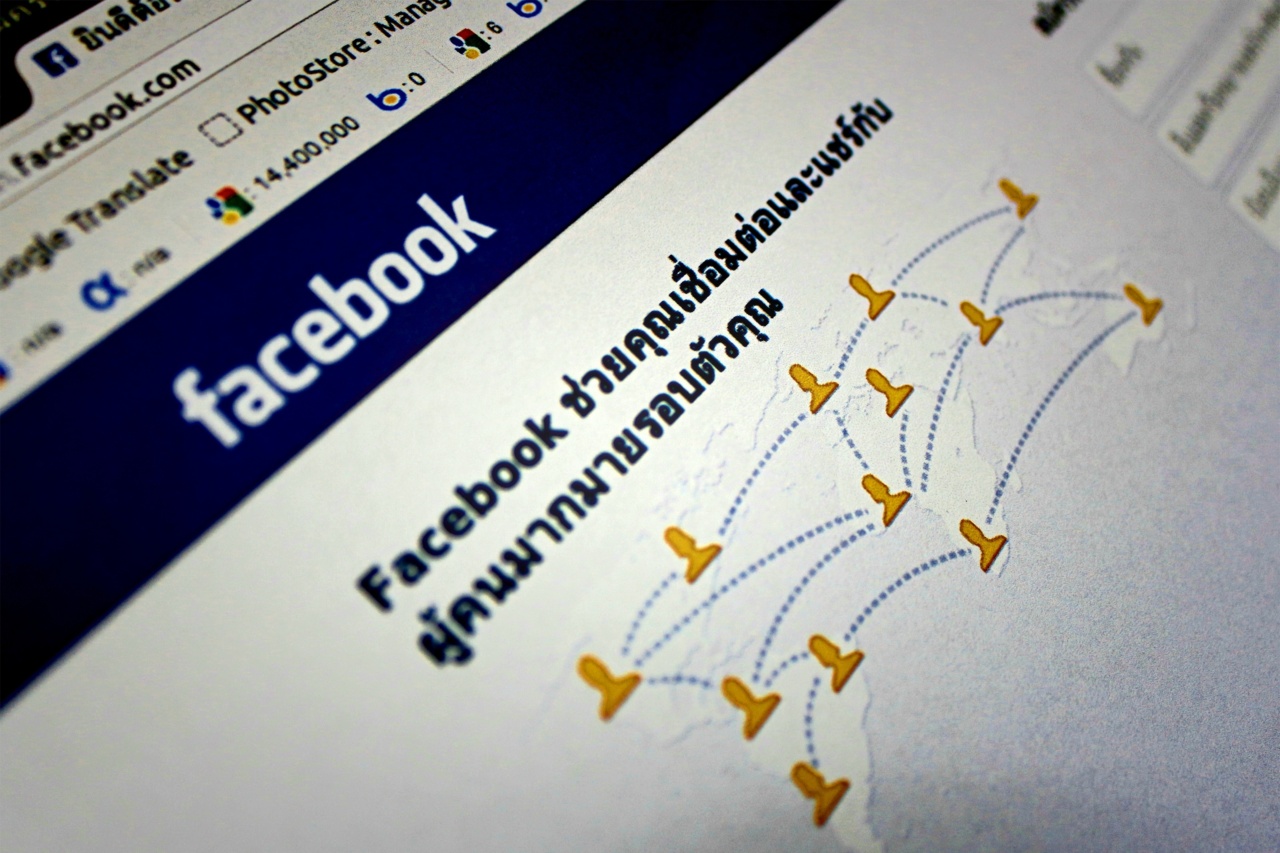In today’s digital age, the World Wide Web has become an integral part of our lives. It offers a wealth of information and endless opportunities for communication, entertainment, and learning.
However, amidst the vast expanse of the internet, there are also numerous dangers that can pose a threat to the safety and well-being of children. From cyberbullying and online predators to inappropriate content and identity theft, the perils of the World Wide Web for children are real and alarming.
Cyberbullying: The Playground’s Digital Extension
Cyberbullying has become one of the most rampant and harmful dangers children face on the internet.
The digital realm offers bullies an anonymous platform to torment their victims, creating an environment where the effects can be even more damaging than traditional bullying. With the potential for constant access to social media platforms and messaging apps, children are at risk of being targeted, humiliated, and isolated by their peers.
Online Predators: A Hidden Threat
Another considerable danger that children encounter on the World Wide Web is the existence of online predators. These individuals seek out vulnerable children, often using deceptive tactics to gain their trust.
Once groomed, children may fall victim to exploitation, abduction, or manipulation. The anonymity provided by the internet makes it easier for predators to mask their true intentions, making it essential for parents and guardians to remain vigilant and educate their children about online safety.
Inappropriate Content: A Click Away
The internet is brimming with all kinds of content, and not all of it is suitable for children. Websites containing violent, sexual, or otherwise explicit content can be just a click away from innocent eyes.
Without proper supervision and guidance, children can stumble upon such material, which can be deeply disturbing and have long-lasting psychological effects. Parental control tools and open conversations about internet use are crucial to shield children from exposure to inappropriate content.
Identity Theft: Impersonal Crimes
Identity theft is not only a concern for adults but also for children who use the World Wide Web. With the increasing amount of personal information being shared online, children are at risk of having their identities stolen.
Cybercriminals can exploit this stolen information for malicious purposes, such as opening fraudulent accounts or committing financial crimes in the child’s name. Educating children about the importance of safeguarding their personal information and practicing secure online habits is vital in preventing identity theft.
Online Gaming: The Dark Side of Fun
Online gaming has gained immense popularity among children, offering an interactive and immersive experience. However, it also exposes them to potential risks.
Online gaming platforms often enable communication with strangers, leaving children vulnerable to strangers who may have ulterior motives. Additionally, the competitive nature of gaming can contribute to stress, anxiety, and even addiction. Setting limits, monitoring gaming activities, and promoting a healthy balance between online and offline activities can help mitigate these risks.
Phishing Scams: Hook, Line, and Sinker
Phishing scams are a prevalent threat on the World Wide Web, targeting both children and adults. These scams involve tricking individuals into revealing personal information or clicking on harmful links disguised as legitimate sources.
Children, who may be less experienced and more trusting, are particularly susceptible to falling victim to these scams. Educating children about these scams and teaching them to identify warning signs, such as suspicious emails or requests for personal information, is essential in preventing them from being ensnared.
Online Reputation: Forever Remembered
In the digital age, everything we do and say online leaves a permanent footprint. The consequences of one’s online actions can have far-reaching effects on a child’s life.
Inappropriate or offensive posts, messages, or photos can damage their reputation and future opportunities. It is crucial for parents and guardians to teach children about responsible online behavior, respecting others’ privacy, and the potential consequences of reckless actions that could follow them throughout their lives.
Excessive Screen Time: Nurturing the Real World
The World Wide Web offers immense benefits, but it is also essential for children to engage with the real world and develop essential life skills.
Excessive screen time can lead to a sedentary lifestyle, hinder social development, and impede academic performance. Encouraging a balanced approach to technology, setting limits on screen time, and fostering offline activities are crucial in ensuring children grow up with a healthy relationship with the internet.
Online Privacy: Guarding Personal Information
Children often do not fully understand the importance of protecting their personal information online. They may unknowingly share private details with strangers or overshare on social media platforms.
This can make them more susceptible to scams, cyberbullying, and other online hazards. Educating children about the significance of online privacy, avoiding sharing personal information with unknown sources, and utilizing privacy settings on social media platforms are vital steps in safeguarding their online presence.
Parental Involvement: A Shield Against Online Dangers
One of the most effective ways to protect children from the perils of the World Wide Web is through active parental involvement.
Parents and guardians must stay informed about the latest online threats, consistently communicate with their children about internet safety, and establish house rules regarding internet use. Open dialogue, trust, and a supportive environment can empower children to navigate the digital world responsibly and with confidence.
In Conclusion
The World Wide Web offers an incredible array of possibilities for children, but it is not without its dangers.
Cyberbullying, online predators, inappropriate content, identity theft, and numerous other risks pose significant threats to their safety and well-being. By educating children about online safety, establishing boundaries, and fostering open communication, we can equip them with the knowledge and skills necessary to navigate the digital landscape securely.































